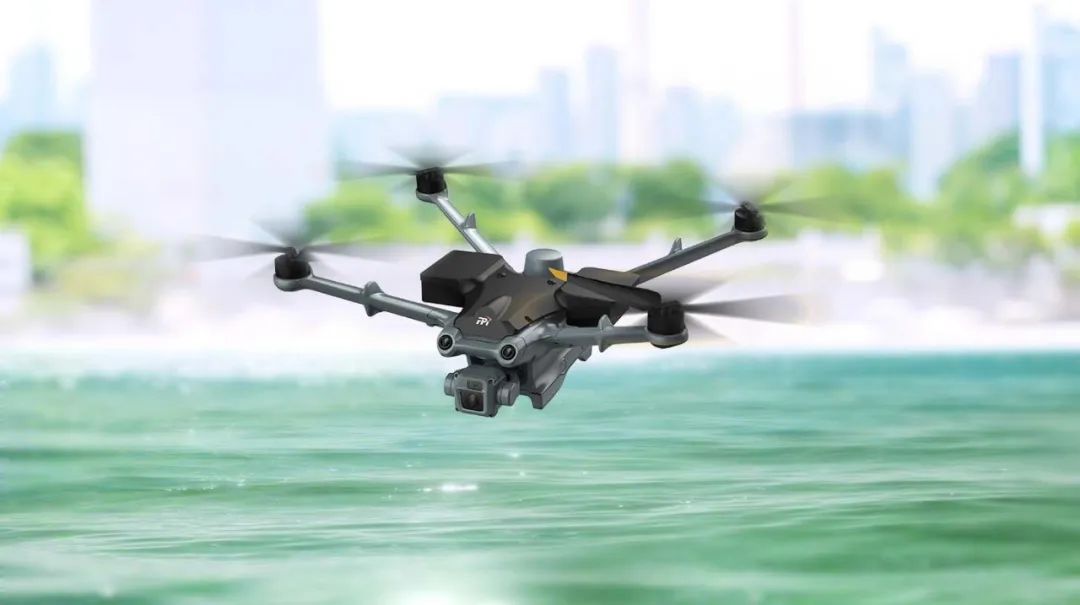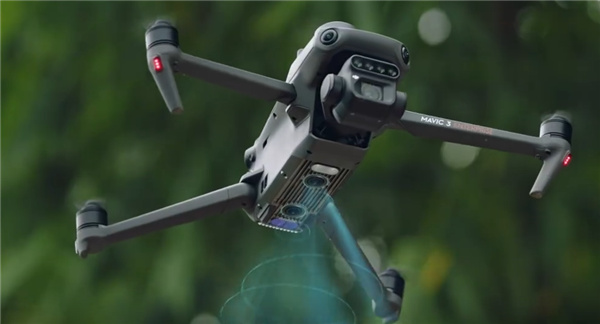The evolution of US military drones has significantly reshaped the landscape of modern warfare, emphasizing efficiency, precision, and strategic advantage. From reconnaissance missions to combat roles, drones have become indispensable assets on the battlefield. Their versatility and advanced technologies enable the United States military to perform operations that were once deemed impossible or too risky for human soldiers. As we delve into the world of drone technology , we understand how such innovations are redefining military strategies and global defense systems.
, we understand how such innovations are redefining military strategies and global defense systems.
One of the most pivotal aspects of drones in the military is reconnaissance. Armed with high-definition cameras, infrared sensors, and communication equipment, drones provide real-time data crucial for making informed decisions. The ability to gather intelligence without risking human lives marks a significant advancement. Drones such as the MQ-9 Reaper and the RQ-4 Global Hawk exemplify how technology facilitates extensive surveillance over hostile territories, thus maintaining a strategic edge while keeping personnel out of harm’s way.
Combat and Defense Applications
While reconnaissance is vital, the integration of drones into combat roles showcases their robustness. Armed drones are employed for targeted strikes, minimizing collateral damage and enhancing military precision. This shift towards automation reflects an evolution in tactical approaches where predictive analytics and AI play crucial roles in mission success. The drones’ ability to carry various payloads, from precision-guided munitions to electronic warfare systems, reveals their adaptability in dynamic combat settings.
Moreover, drones contribute to logistical efficiency. Their deployment in resupply missions ensures swift delivery of essentials like ammunition, medicine, and food, often in environments inaccessible by traditional means. The supply chain optimization through drones fortifies military positions and sustains prolonged engagements without the undue burden on ground transportation, achieving efficient resource allocation.
Advancements in Drone Technology
At the forefront of these innovations is the development of stealth technology, enabling drones to evade detection by enemy systems. The incorporation of cutting-edge materials and designs has resulted in low radar signature drones, crucial for covert operations. Furthermore, autonomous capabilities allow these devices to perform complex tasks with minimal human oversight, revolutionizing the concept of remote warfare.
Robotics and AI integration further propel drone capabilities, providing enhanced decision-making frameworks through machine learning algorithms. These technologies empower drones with situational awareness, adapting dynamically to environmental and tactical stimuli. Such advancements symbolize a leap towards an era where machine efficiency is harmonized with strategic human oversight.
Global Impact and Ethical Considerations
The proliferation of US military drones has sparked international discourse on ethics and warfare regulations. As other nations follow suit, discussions around international drone policies become critical. Frameworks for accountability, use permissions, and humanitarian considerations are continuously being debated. While drones offer substantial military benefits, they also raise concerns regarding privacy, airspace management, and the potential for misuse or unintended consequences.
The ethical implications of autonomous weapons systems are an ongoing topic of concern, prompting revisions to current military doctrines and international laws. Ensuring transparency and adherence to agreed protocols is vital in preserving peace and preventing escalation in global tensions. As technology progresses, maintaining a balance between security measures and ethical constraints remains imperative.
FAQs
What are the primary uses of military drones?
Military drones primarily serve in reconnaissance, combat, logistical support, and surveillance missions. Their versatility allows adaptation to various roles within modern military strategy.
How have drones changed traditional military operations?
Drones have enhanced precision in operations, reduced risks to personnel, and optimized logistics, allowing the military to engage strategically rather than through brute force.
What challenges do military drones face?
Challenges include ethical considerations, technological reliability, airspace management, and concerns regarding autonomous weaponry potentially escalating conflicts. Continuous advancements and international regulations aim to address these issues.

Ultimately, the integration of US military drone technology marks a paradigm shift in warfare practices. As the technology advances, the strategic implications continue to impact military tactics and global defense strategies, underscoring a future where drones could lead as key figures in safeguarding nations.